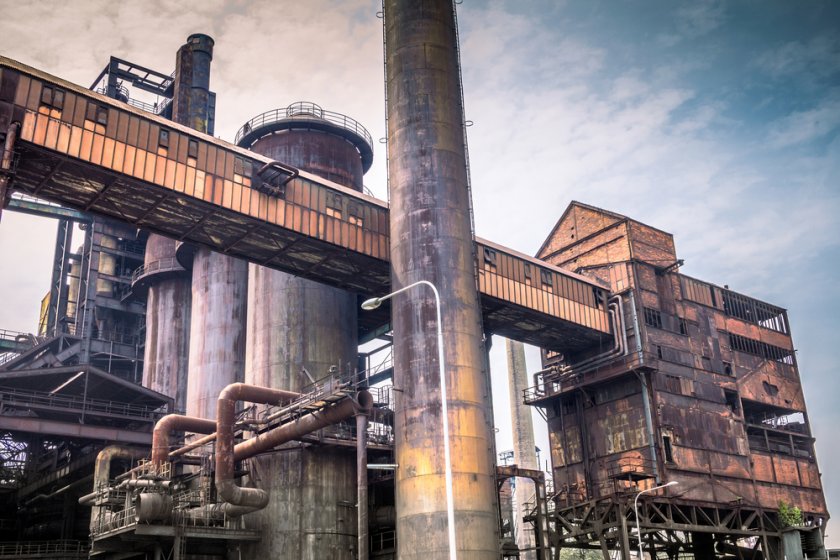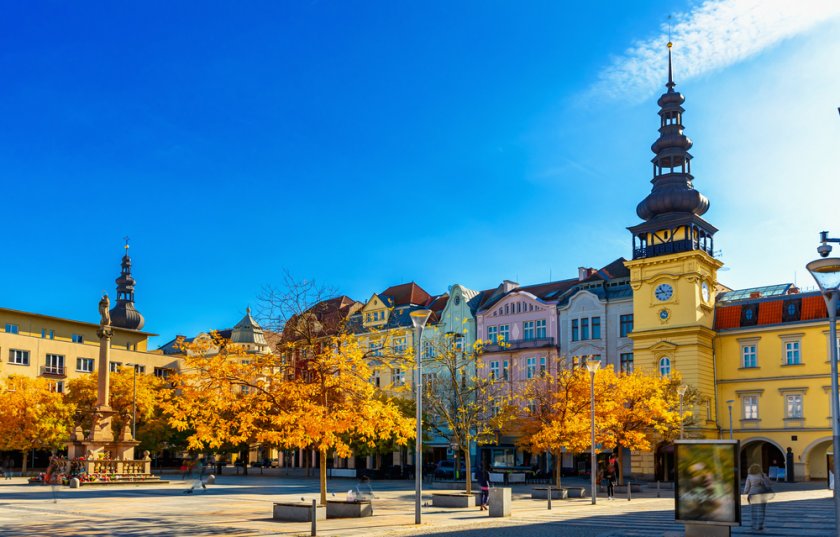Ostrava
Ostrava is already a remarkable concept in the Czech Republic. Although today in this city we only meet the remnants of the metallurgical industry, most people still look at Ostrava from the perspective of times long past. However, hard coal mining has left its mark here even today, for example in the form of closed factories, mines, of which there are now museums, and above all unique technical monuments. However, the nickname "black" no longer applies to Ostrava. Perhaps only thanks to the past, which is rooted in people, most of us do not realize that only a few cities in the Czech Republic have as much greenery as in Ostrava.
Information for visitors
Interesting facts Ostrava
Today, the metropolis of the Moravian-Silesian Region is home to more than 311,000 people and can be found near the borders with Slovakia and Poland, on the banks of the Ostravice River.
History of the town
The first mention of Ostrava dates back to 1267. Since the centuries have passed, Ostrava has been engulfed in several fires and military incursions, but of course it has also flourished. Let us therefore stop at the second half of the 18th century, when a completely turning point came for the city, connected, of course, with the discovery of coal and later also with the development of ironworks. One hundred years later, in the second half of the 19th century, Ostrava was already the most important industrial city in the Habsburg monarchy. Since then, however, it has long since lost its industrial character. Coal was last mined here in 1994.
As reminders of the rich mining past, however, we can find a number of technical monuments that are unparalleled in the Czech Republic. Since 1989, the face of Ostrava has changed in an unprecedented way and its uniqueness is increasingly being noticed by tourists from all over the world.
Monuments and interesting places
Vítkovice or Ostravské Hradčany, as the Hlubina Mine complex is sometimes nicknamed, must definitely not be missed by any visitor to Ostrava. This is the Lower Vítkovice area with a coke plant and blast furnaces and, above all, a unique national cultural monument, inscribed on the UNESCO list.
One of the oldest historical monuments in the city is the Silesian-Ostrava Castle from the second half of the 13th century, where various cultural events and festivals take place throughout the year.
At the foot of the Landek hill is the area of the mining museum. The area is a world-famous locality from a geological, scientific, historical and mining point of view, and no similar museum in the Czech Republic can match its size. Visitors can go to the seams, as well as the former miners, have a beer in the mining pub Harenda near Barborka or play bowling in the local sports complex.
Another jewel of the technical monuments of our republic is the Michal Mine, which allows visitors to take the same route that miners once walked years ago. The exhibition has the character of the last working day, which gives tourists a completely authentic impression.
Of course, the Ostrava Zoo or the world of Miniuni miniatures with more than thirty models of the most important buildings in Europe, which is dominated by the 12-meter-high Eiffel Tower, are also a great attraction.
And in the evening, when the pulse of Ostrava slowly calms down, go have fun on Stodolní Street, which never sleeps.
Author: Andrea Štyndlová



